Synonymous with Mediterranean, Pasta alla Norma brings together in a single dish the East, the Arab world and the New World
⏱ 3 MINUTI DI LETTURA
ORIGINAL, TYPICAL, TRADITIONAL?
At the beginning there are the products: cereals, fruit, meat, fish... Some of these have been domesticated by man, see cereals, obtaining for example flour to make pasta and bread.
Then someone puts them together, cooks them, elaborates what we are used to call a “recipe” (the same term that the doctor uses when he prescribes medicines, treatments).
The recipe is then gradually adopted by the communities and transmitted orally.
Someone fixes it in writing according to a consolidated format: ingredients, doses, operations and practices for the preparation; then (s)he gives it a title, naming the dish in short.
At that point the recipe, the dish begins its journey: it is copied, contaminated, enriched, modified and lives of its own nature and among the ingredients it gradually carries legends, tales, stories.
Then maybe you can understand how difficult and also fascinating it is to reconstruct its history avoiding, if possible, to claim primogeniture, originality: we leave these matters to the “gastro-Nazis” as some call them, to the fans of tradition, the true one, which is lost in the “Night of time” and which has always been “typical” of that territory.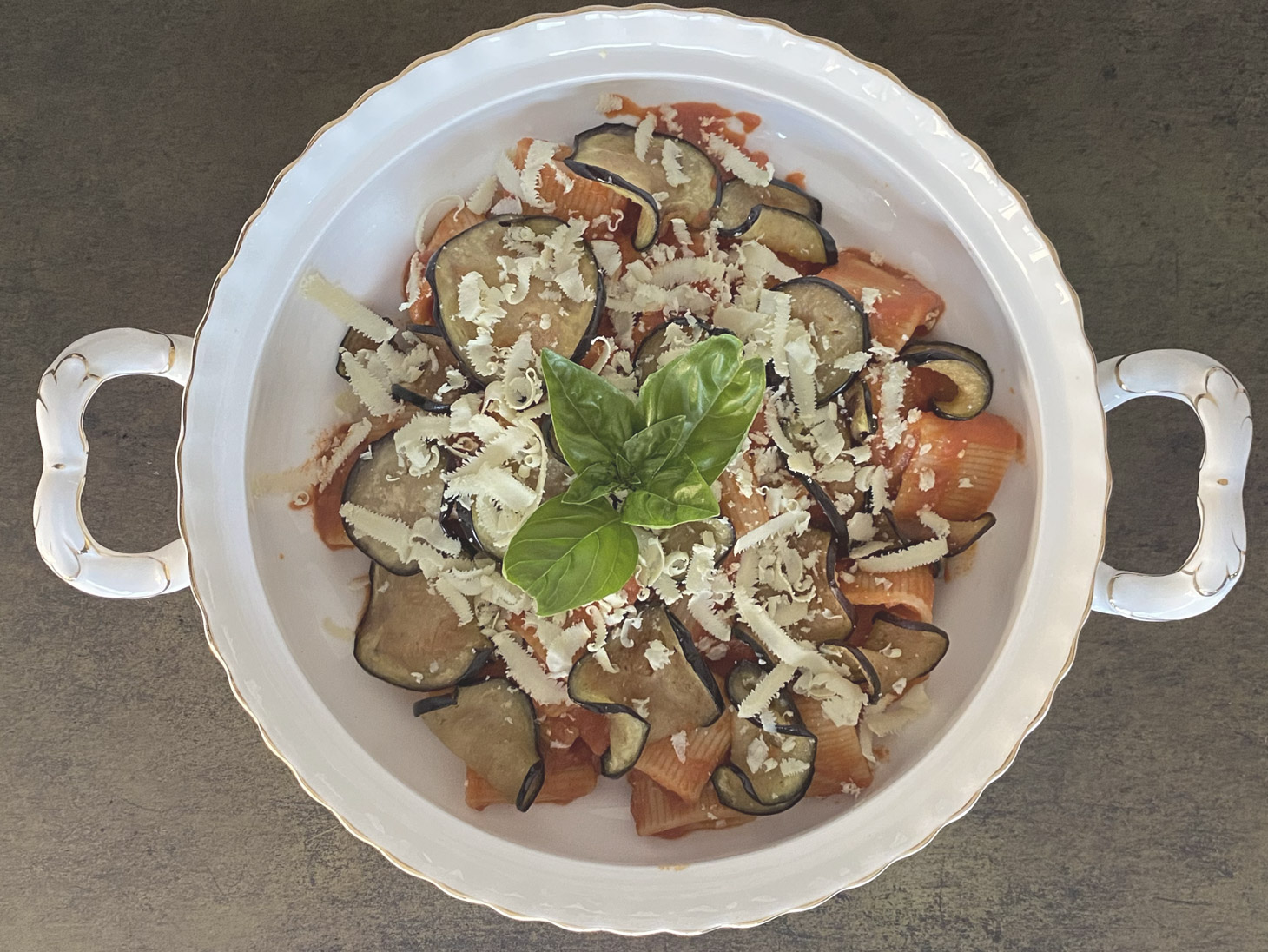
THE ORIGINS
And we come to “Pasta alla Norma” which, on our journey through the Italy of cooking, takes us to Sicily. Pasta alla Norma is synonymous with Mediterranean. The flavors that compose it, in fact, draw heavily from the culinary tradition of the heart of the South.
So let’s say right away that some of the main ingredients, in terms of origin, are neither Sicilian nor Italian: pasta, tomato, aubergine. Just to remove any ambition of nationalist claim. Here the East, the Arab world and the New World converge.
THE NAME
But have you ever wondered what the original recipe is, where it was born and why is it called like that?
“Pasta alla norma” was born in Catania, soon becoming, thanks to its success, a popular dish throughout Sicily. According to Pino Correnti, an expert in Sicilian gastronomy, it seems that this name was baptized by the playwright Nino Martoglio who, fascinated by the scent and tastiness of the dish, would have exclaimed: “Chista è ‘na vera Norma!” - literally “This is a true Norma” - which is a way of say for whatever is great and perfect, in any field.
The reference seems to be to “Norma”, the famous Opera of the composer Vincenzo Bellini, a fellow countryman of the playwright and of the pasta.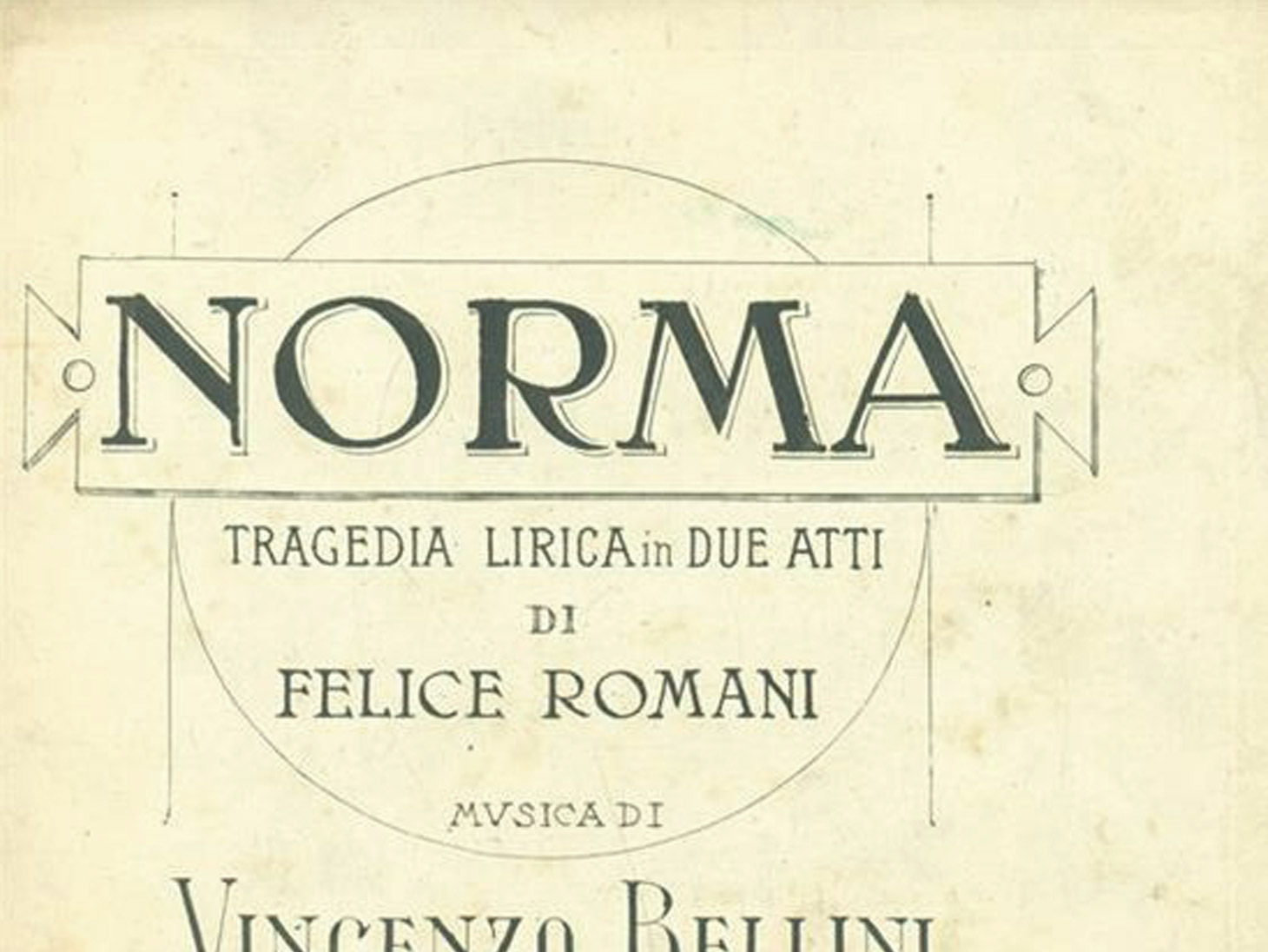
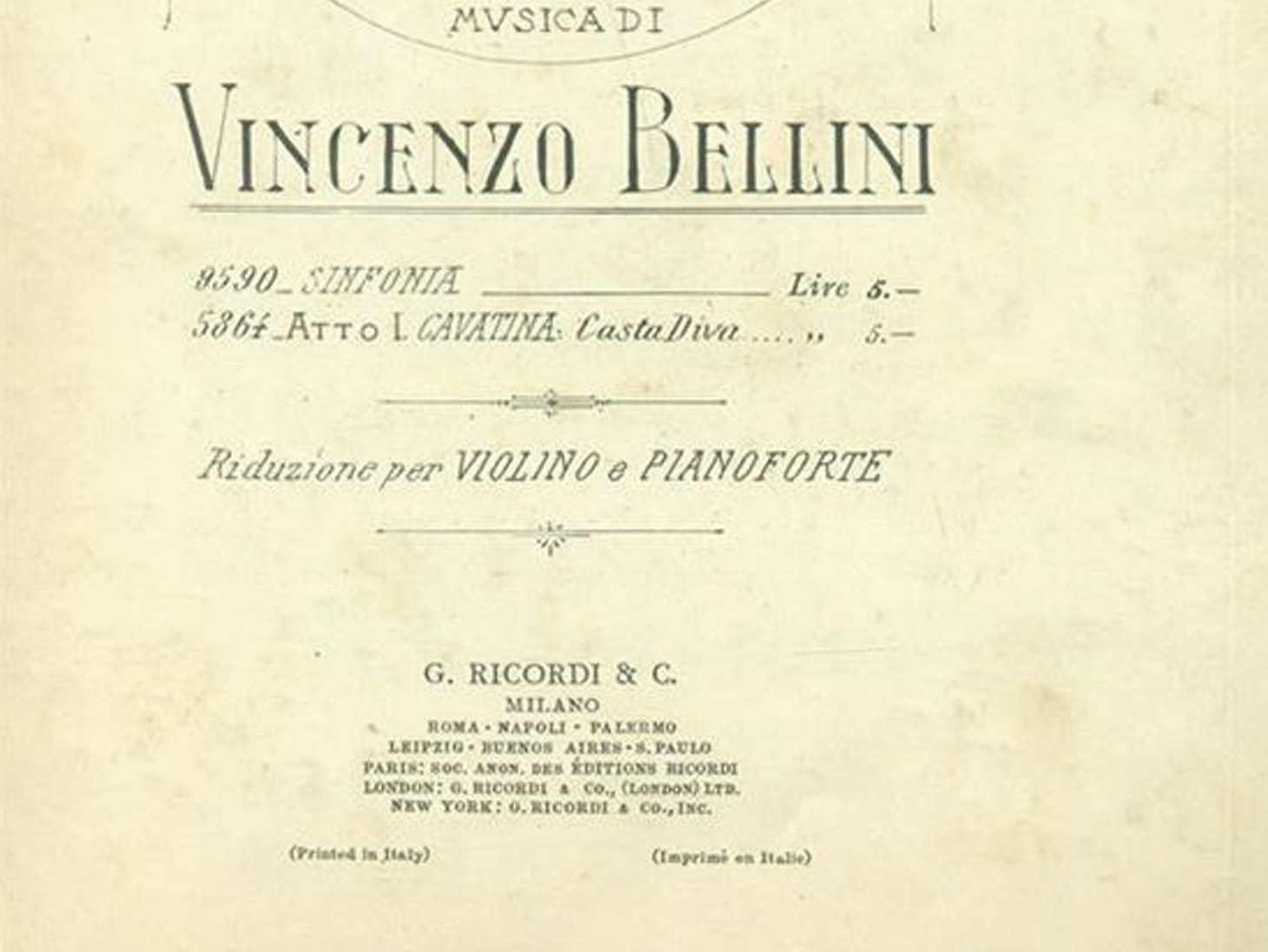
THE INGREDIENTS
In addition to pasta: tomatoes, salted ricotta, aubergines and basil, all strictly local to maintain that mix of flavors typical of the island. Tradition also requires that the aubergines are cut into thin slices, cubes or strips, then fried strictly in extra virgin olive oil. However, today there are those who prefer to cook them on the grill, unleashing the wrath of grandmothers who are very faithful to the original recipe.
The tomato sauce must be made with peeled tomatoes. You can also use fresh Pachino tomatoes, to be blanched and passed in the mash. The sauce should be cooked with a clove of garlic and never with onion. The aubergines must be strictly black and long (in Catania they are called Turkish), cut into strips and fried in extra virgin olive oil. No Parmesan or pecorino, the cheese must be exclusively sheep’s milk ricotta, salted and seasoned.
THE AUBERGINE
A long journey, from Africa to India to Southeast Asia, where it was domesticated, and then landed, through Arab merchants, in Spain and North Africa in the Middle Ages. In Italy it was already eaten in the sixteenth century and in France in the eighteenth. Because of its indigestible taste, if eaten raw, Europeans thought that the Arabs had spread it to poison Christians. Hence the italian name of “melanzana”: mela (apple), insana (insane).
Until the 18th century, many doctors were convinced that eating this fruit made people crazy. Castore Durante, in his Herbario Nuovo (Rome 1585) writes: “Usansi in Italia di mangiare questi frutti, ma sono ventosi et duri da digerire: et imperò usandosi troppo ne i cibi, generano humori malinconici, opilationi, cancari, lepra, dolor di testa, tristezze, durezze di fegato et di milza et fanno cattivo colore in tutta la persona, et febri lunghe” (They use in Italy to eat these fruits, but they are hard to digest. They generate melancholy humors, cancer, headaches, sadness, hardness of the liver and spleen and cause bad color, and fevers). Nice reputation!
Baked in the oven - the Greek moussakà or our parmigiana - the aubergines retain a good texture; in babà ghanoush, a Middle Eastern sauce, the pureed aubergines form the velvety and creamy body that brings the flavor of sesame paste, lemon juice and garlic.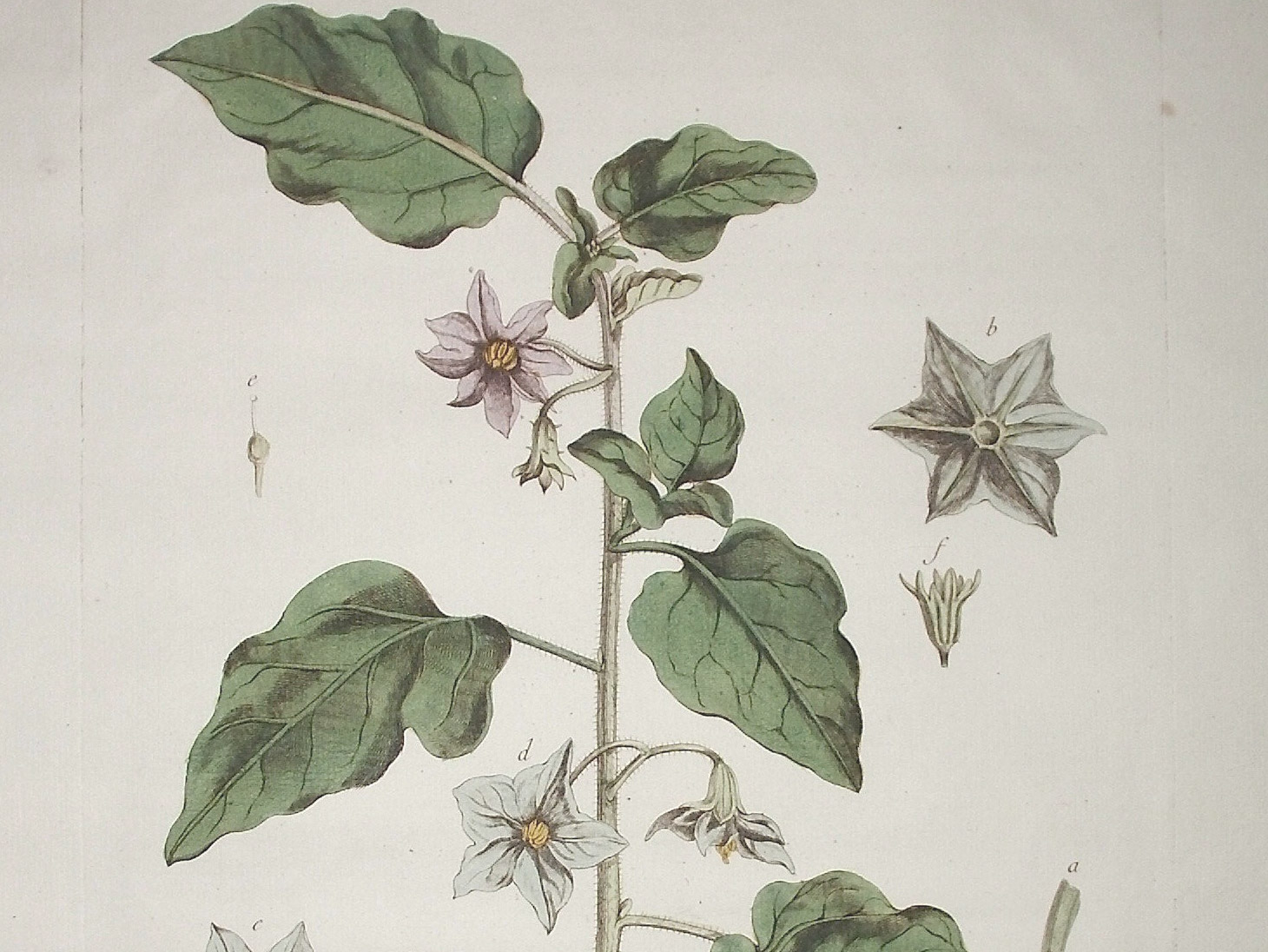
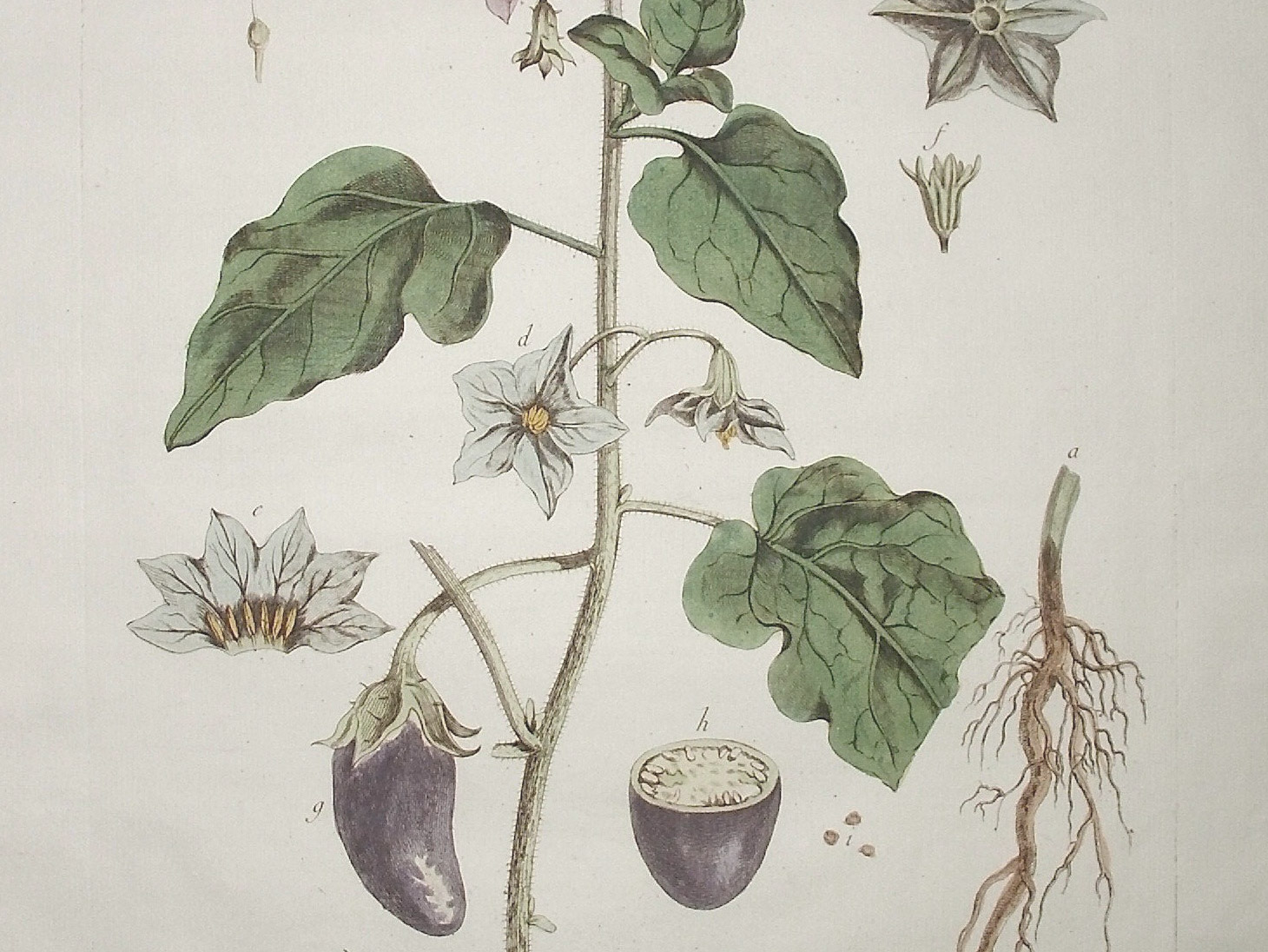
WHICH FORMAT OF PASTA?
Maccheroni, of course, but for the less purists also spaghetti.
The only exception is in the Trapani version of Norma, which involves the use of busiata, a traditional format of fresh pasta, worked with a small piece of iron called, precisely, buso.
But there is also a Messina version. In Messina Pasta alla Norma is made with a typical cheese of the area, the baked ricotta (ricotta infornata). Compared to salted ricotta, the baked one has a sweeter and more delicate flavor, but a decidedly toasted scent.
Seeing is believing... possibly in Catania or Messina: up to you !
PASTA ALLA NORMA
"Grande enciclopedia della gastronomia" - M. Guarnalleschi Gotti - Milano, 2007
For 4 people:
prepare a sauce with 700 g of ripe sauce tomatoes, 1 clove of garlic, 6 basil leaves; cook over low heat for 30 minutes, then pass the sauce through a vegetable mill and put it back on very low heat. Cut into thin slices lengthwise 3 not large aubergines of the elongated type. When the salted water boils cook the pasta, start frying the aubergines in olive oil and put 400 g of spaghetti, cavatiddi or penne in the pot. Grate about 120 g of salted ricotta (or better, make little curls with a fork), dividing it into 2 unequal piles. Drain the pasta, put it in the tureen, sprinkle it with the ricotta from the largest pile, then with the tomato sauce; place the freshly fried aubergines on top with a little of their oil, garnish with 4 beautiful basil leaves, sprinkle with the rest of the ricotta. Bring to the table without stirring and do it only when serving.
Danilo Gasparini
professor of History of Agriculture and Gastronomy



